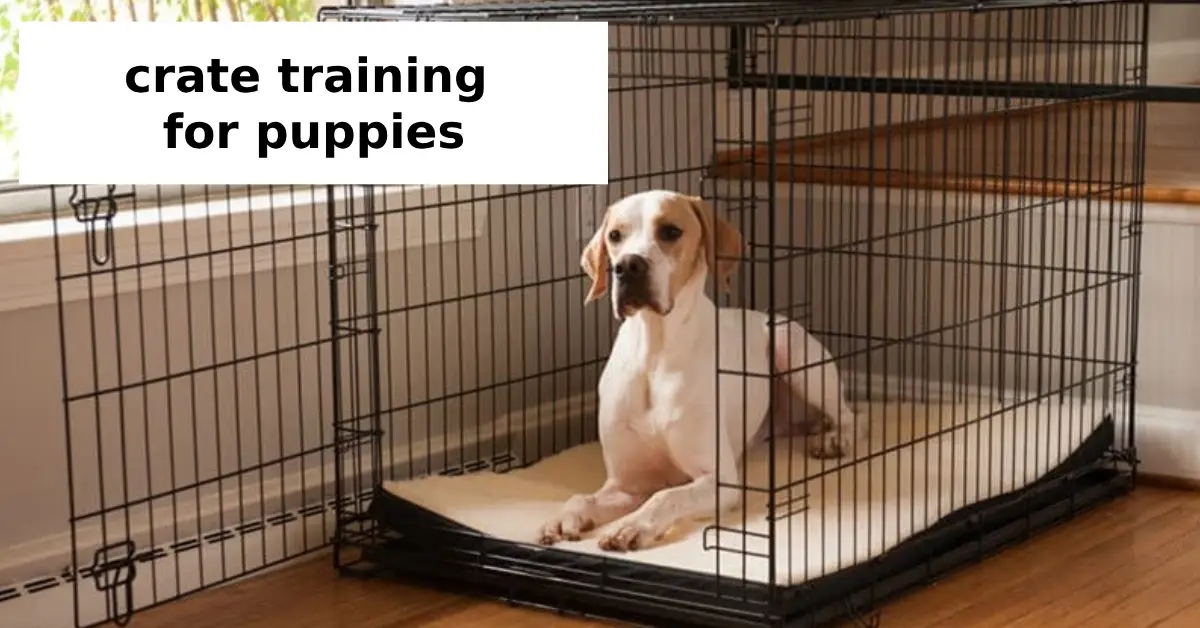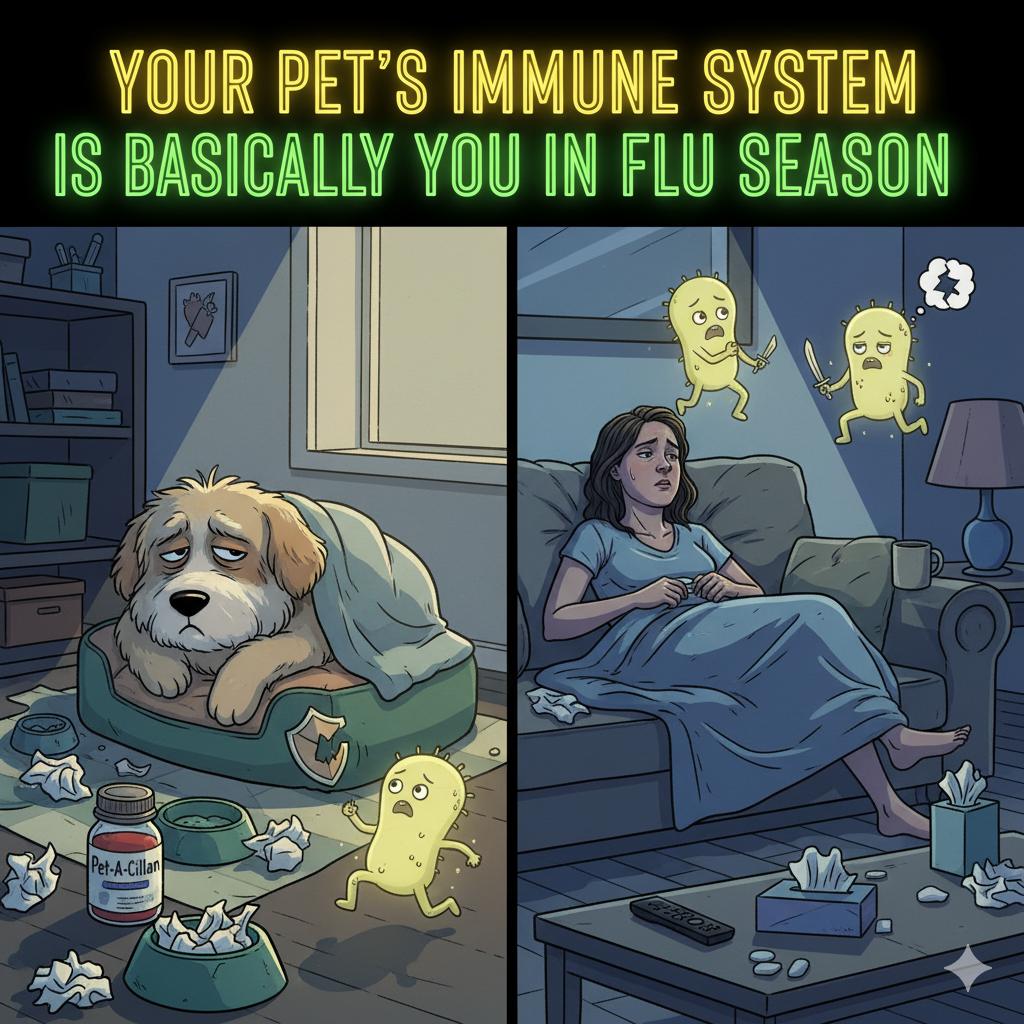Crate training for puppies is one of the most essential foundations for a well-behaved, happy, and secure dog. Whether you’re a new puppy owner, first-time dog parent, or a pet sitter, learning the right crate training techniques can ensure your puppy grows up with a strong sense of routine and comfort. It’s especially beneficial for families with children getting a new dog or apartment dwellers who need effective solutions for space management and housebreaking.
This guide explores the best practices for puppy crate training backed by expert advice and practical experience, helping you get it right from day one.
1. Choose the Best Crate for Crate Training a Puppy
Before beginning crate training for puppies, selecting the right crate is crucial. The crate should be:
- Large enough for your puppy to stand, turn, and lie down comfortably.
- Not too big, as puppies might use one corner to relieve themselves.
Look for crates with dividers, which are ideal for growing pups. Wire crates are preferred by many e-commerce pet store shoppers looking for crate accessories because of their visibility and ventilation. Soft crates are better for travel, but not for unsupervised training.
2. Understand the Purpose of Crate Training
The crate should be your puppy’s safe space, not a punishment zone. Think of it as a den where your dog can feel relaxed and secure. Crate training helps with:
- Housebreaking
- Preventing destructive behavior
- Managing separation anxiety
- Creating a bedtime routine (especially useful when learning how to crate train a puppy at night)
3. Follow a Realistic Puppy Crate Training Schedule
Start with short crate sessions and gradually increase the time. Here’s a general outline for a puppy crate training schedule:
- 8–10 weeks: 30–60 minutes per session
- 11–14 weeks: 1–3 hours
- 15–16 weeks: 3–4 hours
- 17+ weeks: 4–5 hours (with breaks)
How long can a puppy stay in a crate? Generally, no more than their age in months plus one hour (e.g., a 3-month-old puppy = 4 hours max). Crating too long can cause stress and accidents, especially if you’re crate training a puppy while working.
For busy professionals seeking training help, hiring a dog walker or enlisting a pet sitter for mid-day breaks is a smart move.
4. Create Positive Associations
The key to successful crate training for puppies lies in making it a place they want to be. Here’s how:
- Toss in treats or favorite toys.
- Feed meals inside the crate.
- Use a calm, happy tone when introducing the crate.
- Never force the puppy inside or slam the door shut.
Gradually increase crate time after your puppy enters voluntarily. This builds comfort and reduces issues like puppy crying in crate.
5. Address Puppy Crying in Crate Solutions
Crying is common in the beginning, especially during nighttime. Here’s what helps:
- Keep the crate in your bedroom at night for proximity and comfort.
- Use soft bedding and a ticking clock or white noise to mimic a heartbeat.
- Avoid letting the puppy out while crying—this reinforces bad behavior.
These puppy crying in crate solutions help reduce stress and build confidence.
6. Practice Crate Training Do’s and Don’ts
Understanding the crate training do’s and don’ts can prevent common mistakes:
✅ Do:
- Use the crate for nap time and bedtime.
- Reward calm behavior.
- Be consistent with the routine.
❌ Don’t:
- Use the crate as punishment.
- Leave the puppy crated all day.
- React to whining by immediately opening the door.
7. Crate Training vs Free Roaming
Many first-time dog parents wonder about crate training vs free roaming. Crating provides structure and prevents accidents or destructive chewing. Free roaming should be allowed only after full house training and once the puppy demonstrates good behavior independently.
8. Solving Crate Training Separation Anxiety
Crate training separation anxiety is a real challenge. Here’s how to ease it:
- Practice short absences and gradually increase duration.
- Leave interactive toys or chew-safe items in the crate.
- Avoid dramatic goodbyes or greetings.
This approach helps rescue and foster dog caregivers who often deal with anxious or traumatized puppies.
9. Nighttime Training: How to Crate Train a Puppy at Night
Nighttime training is a different ball game. Follow this method:
- Don’t give water 2 hours before bed.
- Take your puppy out right before crating.
- If they cry at night, assess if it’s a potty need or attention-seeking.
Learning how to crate train a puppy at night sets the tone for uninterrupted sleep and a clean crate in the morning.
10. Adjusting Crate Training as Your Puppy Grows
As your puppy ages, begin to increase free time outside the crate. Monitor their behavior and return to shorter crate periods if needed.
For pet bloggers and influencers, sharing personal crate training experiences helps new owners understand that setbacks are normal and growth takes time.
11. Expert-Approved Puppy Crate Training Tips for Beginners
Here are the top puppy crate training tips for beginners:
- Start early but slowly.
- Make crate time fun and rewarding.
- Be patient and consistent.
- Use command words like “crate” or “bed” to build a routine.
- Supervise when the puppy is out of the crate.
Following these basics ensures your crate training for puppies journey is smooth and stress-free.
12. How to Transition from Crate to Freedom
Once your puppy shows reliable behavior, start leaving them out for short periods:
- Begin with one room, then gradually allow more freedom.
- Use baby gates or playpens for partial boundaries.
- Monitor with cameras if you’re unsure.
This strategy is beneficial for apartment and condo dwellers looking to avoid puppy-proofing the entire house at once.
13. Common Mistakes to Avoid
Avoiding these pitfalls can make all the difference:
- Skipping daytime crate training
- Ignoring signs of discomfort or anxiety
- Leaving food or water in the crate unsupervised
- Skipping potty breaks before crating
Correcting these early helps develop a strong bond between you and your puppy.
Final Thoughts:
Crate training for puppies is more than just a training technique—it’s a lifelong tool for safety, structure, and trust. Whether you’re a veterinarian offering tips, a pet trainer, or a family with kids, crate training sets your puppy up for success.
For those searching how to train a puppy, crate training is the best place to start. Over time, the crate becomes your puppy’s favorite hangout spot, not just a training device.
If you’re just starting your training journey, check out our guide on how to train a puppy.
Conclusion
Whether you’re a busy professional or a dog-loving influencer, crate training for puppies brings long-term rewards. Stay consistent, use the right tools, and understand your puppy’s needs. With the right approach and lots of love, your pup will grow into a confident, well-behaved companion.






1 thought on “What Are the Best Practices for Puppy Crate Training?”